All posts tagged "Resilience"
-
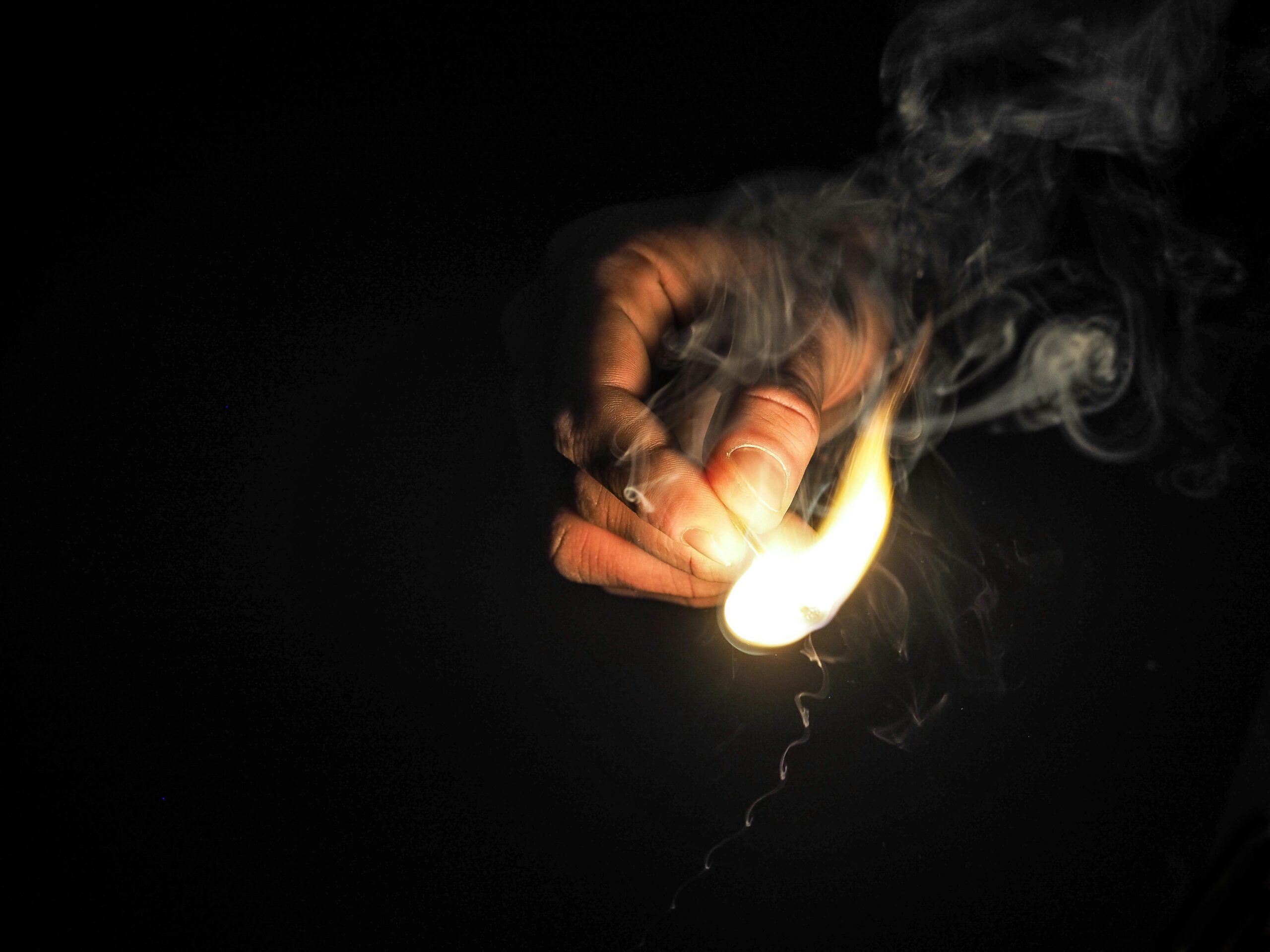

Journey Through Faith
/ 2 weeks agoHanukkah and the Miracle of Starting
I often feel like I don’t have enough fuel to finish what I started. I look at my week, my […]
-


Actionable Frameworks
/ 3 weeks agoPurpose Isn’t Found, It’s Forged: A Eunoia Guide to Creating Meaning
You are treating purpose like a buried artifact. You act like an archaeologist, digging through your past, taking personality quizzes, […]
-
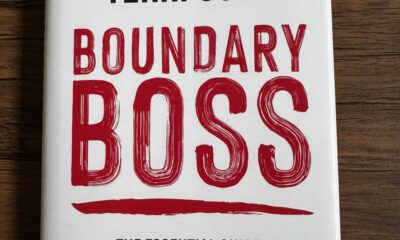

Bookshelf
/ 1 month agoThe Boundary Protocol: How to Stop Over-Giving and Reclaim Your Focus
You are stuck in a loop of performance burnout. You’re financially squeezed, your focus is fragmented, and you’re stuck in […]
-
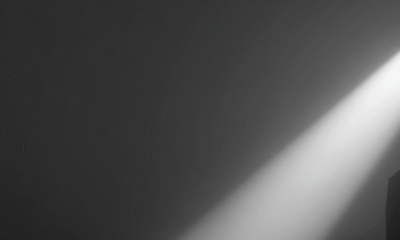

Focus & Clarity
/ 2 months agoThe Eunoia of Halloween: Your Annual Protocol for Facing Shadows
Friday is Halloween. You see costumes, candy, and jump scares. But before it became a commercial event, Halloween and the […]
-


Focus & Clarity
/ 2 months agoThe Equanimity Protocol: How to Find Your Center in a World Designed to Pull You Apart
You are living in a world of extremes. Social media, politics, and even self-improvement culture are constantly swinging the pendulum […]
-
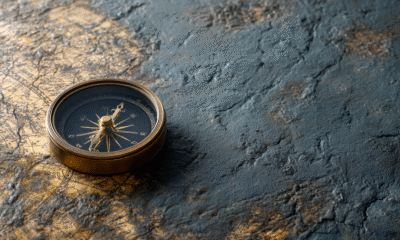

Actionable Frameworks
/ 2 months agoColumbus Day vs. Indigenous Peoples’ Day: The Protocol for Navigating Conflicting Truths
Today presents a head-on collision of narratives: Columbus Day and Indigenous Peoples’ Day. For many, this day is a source […]
-
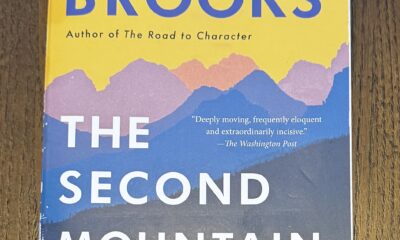

Actionable Frameworks
/ 3 months agoThe Second Mountain: Why Your Pursuit of Happiness is Failing You
You’re ambitious. You’ve been programmed to chase the First Mountain: career success, validation, more money, and perfect personal happiness. You […]
-
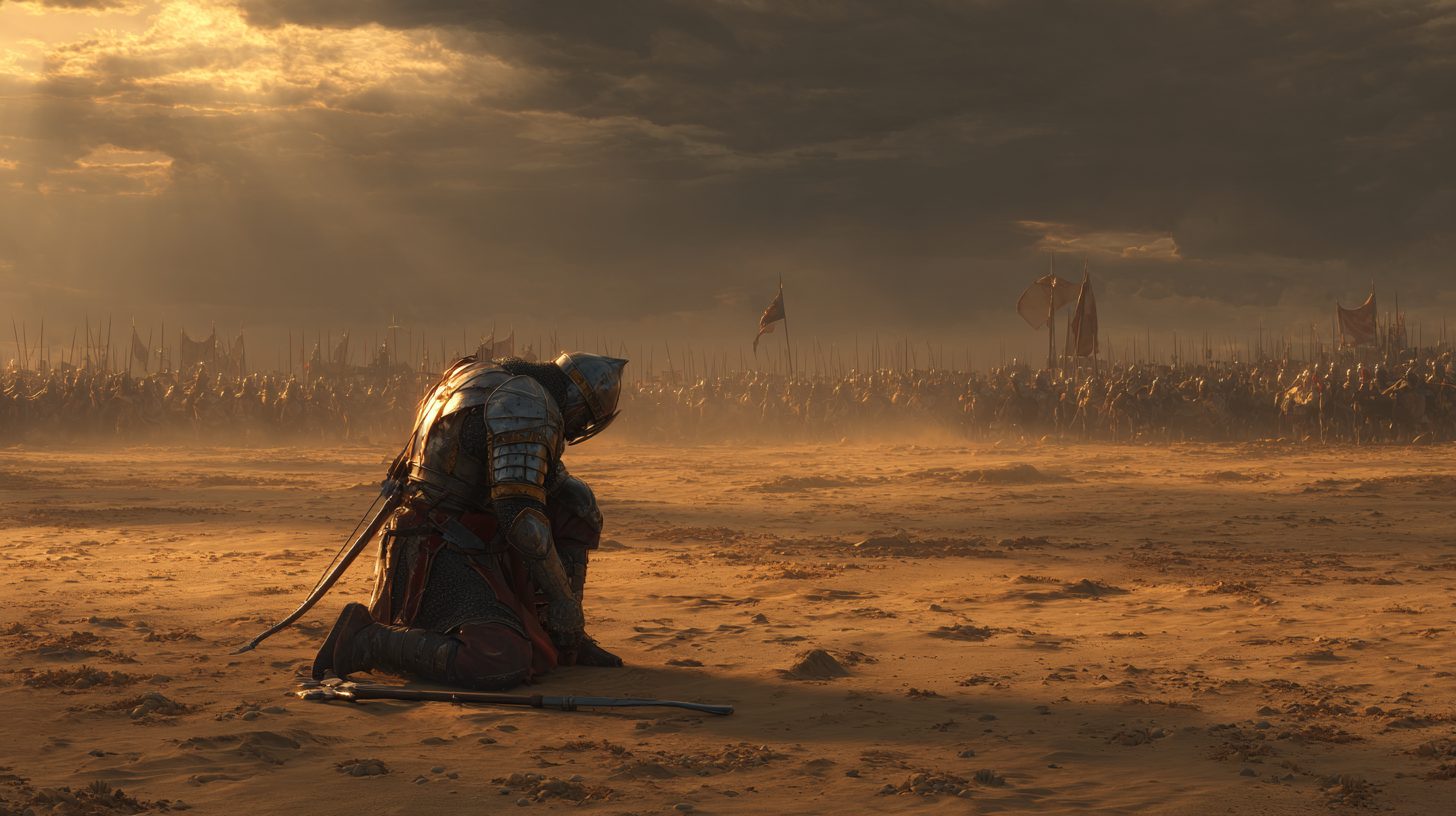

Journey Through Faith
/ 4 months agoEunoia in Action: The Dilemma of Arjuna in the Bhagavad Gita
What do you do when your duty conflicts with your heart? When the “right” thing to do feels impossibly painful? […]
-


Personal Growth
/ 7 months agoThe Power of Forgiveness: A Eunoia Path to Healing
Holding onto anger, resentment, or the pain of a past hurt can feel like carrying a heavy, unseen weight. It […]

